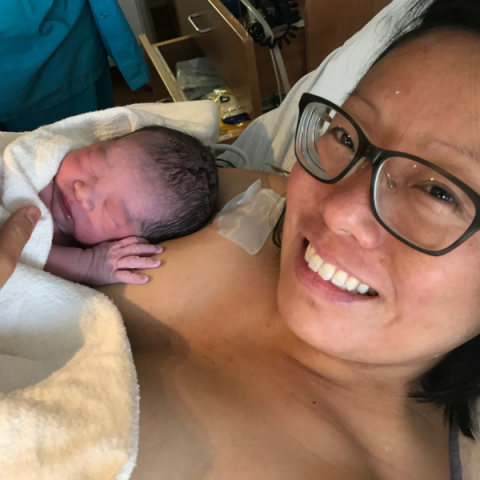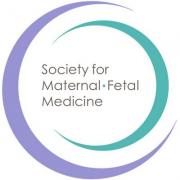
By: Dr. Christina Han
As a Maternal-Fetal Medicine specialist and a mother of two young children, I have experienced pregnancy from both sides of the examination table. In my clinical work, I diagnose and manage complications of pregnancy every day, and frequently hear mothers exclaim, “I just want a healthy baby,” while bravely setting their own health aside. To many new mothers, the concern about complications ends as soon as the baby is delivered. In my own pregnancies, like many of my own patients, I remember experiencing the nervousness and anticipation during those final weeks before delivery, and feeling the worries fade away the moment my children were placed into my arms.
When I’m on the other side of the table, however, I recognize that the moment that the mother takes that sigh of relief is also the moment that the risks significantly escalate. According to the World Health Organization, pregnancy-related complications account for 15% of deaths in women aged 15 to 44 years old, and are the second most common cause of death for this group. Leading causes of maternal mortality are hemorrhage (excessive bleeding), thromboembolism (blood clots), heart disease, severe infections, high blood pressure conditions, and amniotic fluid embolism. Most of these conditions occur after the baby is born with 45% percent of postpartum deaths occurring within the first 24 hours after birth and 66% occurring during the first week.
During those first few moments to weeks when a new mother is physically recovering, chronically exhausted, and often single-mindedly focused on her new child, it is imperative that her providers, family, and friends help her monitor for any concerning signs or symptoms. These symptoms include:
- Heavy bleeding (heavier than your normal periods or soaking through pads in an hour)
- Severe pain that is not controlled by your prescribed pain medication
- Foul-smelling or green discharge
- Redness around your incision or perineal tear
- Fever higher than 100.4 degrees Fahrenheit
- Chest pain
- Shortness of breath
- Pain or swelling in your legs, especially if one side is worse than the other
- Frequent crying, feeling like you can’t bond with your baby, or wanting to hurt yourself or anyone else
- Severe headache or vision changes
Although health before pregnancy, during pregnancy and labor and delivery are all important, we must all remember that pregnancy complications do not end once the baby is in the mother’s arms. The current glaring spotlight on maternal mortality is the ideal time to educate mothers and remind clinicians of the vigilance required during this critical #POSTBIRTH period of a mother’s life.
Christina Han, MD, is a maternal-fetal medicine physican, an Associate Professor of Health Sciences at UCLA, and an Associate at the Center for Fetal Medicine and Women's Ultrasound in Los Angeles. She is a member of the Society for Maternal-Fetal Medicine, the only national, professional organization specifically devoted to reducing high-risk pregnancy complications. Dr. Han’s research interests include preeclampsia, preterm labor, diabetes, and prenatal diagnosis.



The views and opinions expressed in this post are those of the author(s) and do not necessarily reflect those of MomsRising.org.
MomsRising.org strongly encourages our readers to post comments in response to blog posts. We value diversity of opinions and perspectives. Our goals for this space are to be educational, thought-provoking, and respectful. So we actively moderate comments and we reserve the right to edit or remove comments that undermine these goals. Thanks!